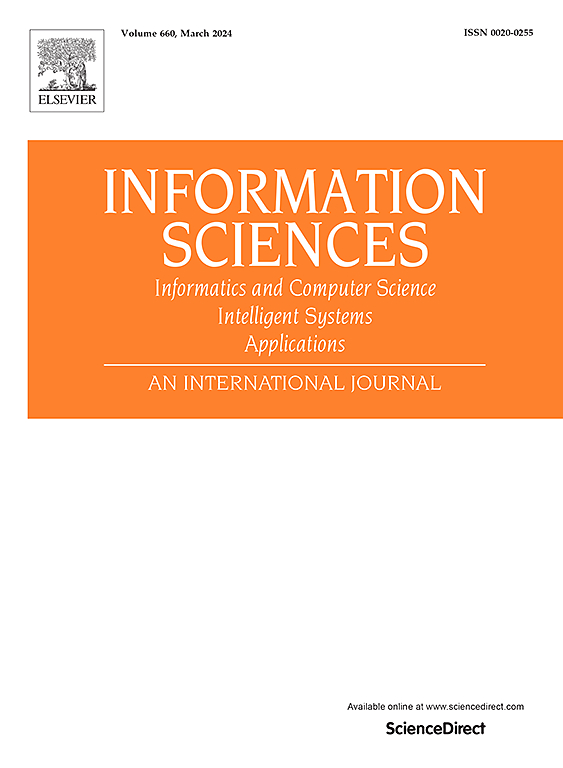Co-location pattern mining using approximate Euclidean measure
IF 8.1
1区 计算机科学
0 COMPUTER SCIENCE, INFORMATION SYSTEMS
引用次数: 0
Abstract
Co-location discovery plays an important role in spatial data mining. It aims to find types of objects that are frequently located together in a spatial neighborhood. A very popular interestingness measure for co-locations requires knowledge of all objects participating in co-location instances. A common requirement for co-location instances in the literature is that all objects contained in them are pairwise neighbors. Typically, this is determined in quadratic time with respect to the number of objects. In this paper, we introduce a new framework for determining pairwise neighborhoods in linear time. The framework utilizes a new metric that generates approximately the same neighborhoods as the Euclidean metric. We provide modifications of two algorithms for co-location instance identification that employ the proposed approach. Experiments performed on two real-world datasets demonstrate that we can achieve better processing times than using the state-of-the-art approach.
求助全文
约1分钟内获得全文
求助全文
来源期刊

Information Sciences
工程技术-计算机:信息系统
CiteScore
14.00
自引率
17.30%
发文量
1322
审稿时长
10.4 months
期刊介绍:
Informatics and Computer Science Intelligent Systems Applications is an esteemed international journal that focuses on publishing original and creative research findings in the field of information sciences. We also feature a limited number of timely tutorial and surveying contributions.
Our journal aims to cater to a diverse audience, including researchers, developers, managers, strategic planners, graduate students, and anyone interested in staying up-to-date with cutting-edge research in information science, knowledge engineering, and intelligent systems. While readers are expected to share a common interest in information science, they come from varying backgrounds such as engineering, mathematics, statistics, physics, computer science, cell biology, molecular biology, management science, cognitive science, neurobiology, behavioral sciences, and biochemistry.
 求助内容:
求助内容: 应助结果提醒方式:
应助结果提醒方式:


